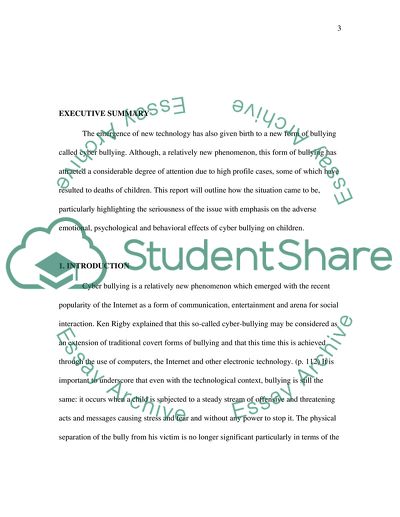Cite this document
(“IS cyber bullying an increasing problem for young people in Australia Essay”, n.d.)
IS cyber bullying an increasing problem for young people in Australia Essay. Retrieved from https://studentshare.org/miscellaneous/1561756-is-cyber-bullying-an-increasing-problem-for-young-people-in-australia
IS cyber bullying an increasing problem for young people in Australia Essay. Retrieved from https://studentshare.org/miscellaneous/1561756-is-cyber-bullying-an-increasing-problem-for-young-people-in-australia
(IS Cyber Bullying an Increasing Problem for Young People in Australia Essay)
IS Cyber Bullying an Increasing Problem for Young People in Australia Essay. https://studentshare.org/miscellaneous/1561756-is-cyber-bullying-an-increasing-problem-for-young-people-in-australia.
IS Cyber Bullying an Increasing Problem for Young People in Australia Essay. https://studentshare.org/miscellaneous/1561756-is-cyber-bullying-an-increasing-problem-for-young-people-in-australia.
“IS Cyber Bullying an Increasing Problem for Young People in Australia Essay”, n.d. https://studentshare.org/miscellaneous/1561756-is-cyber-bullying-an-increasing-problem-for-young-people-in-australia.


